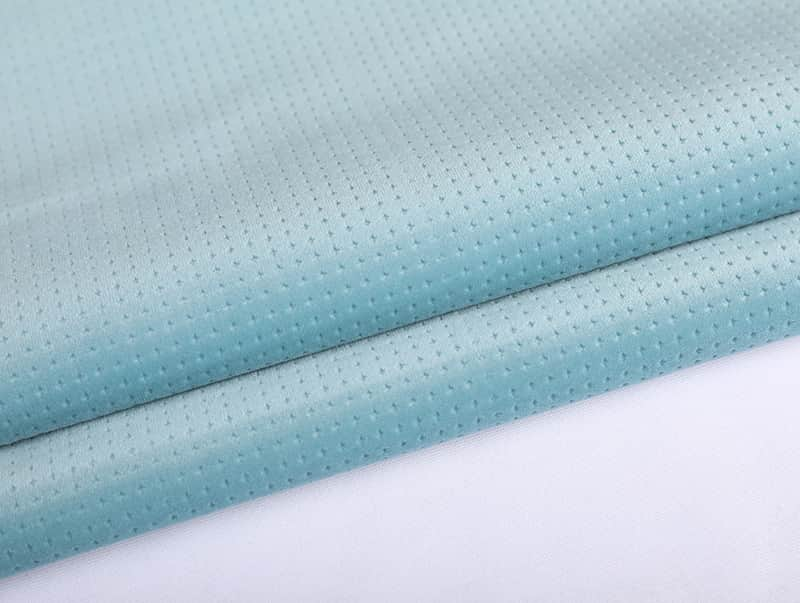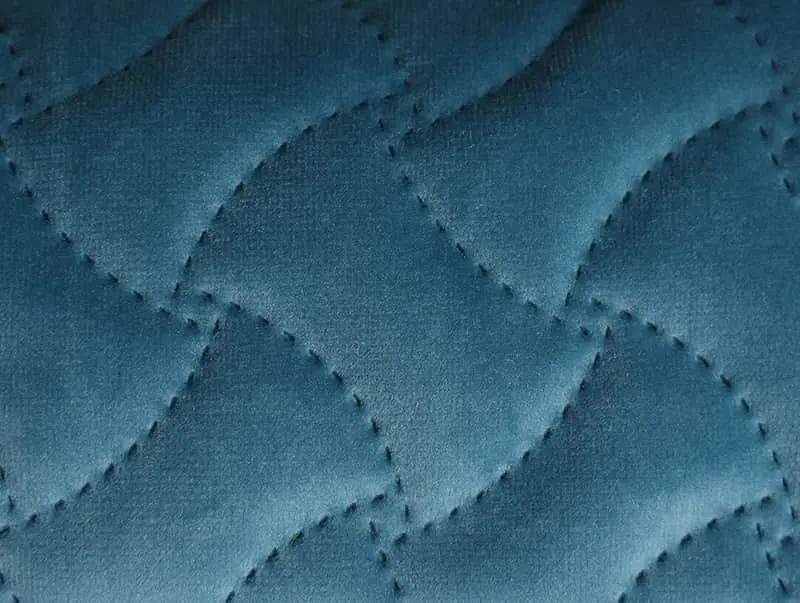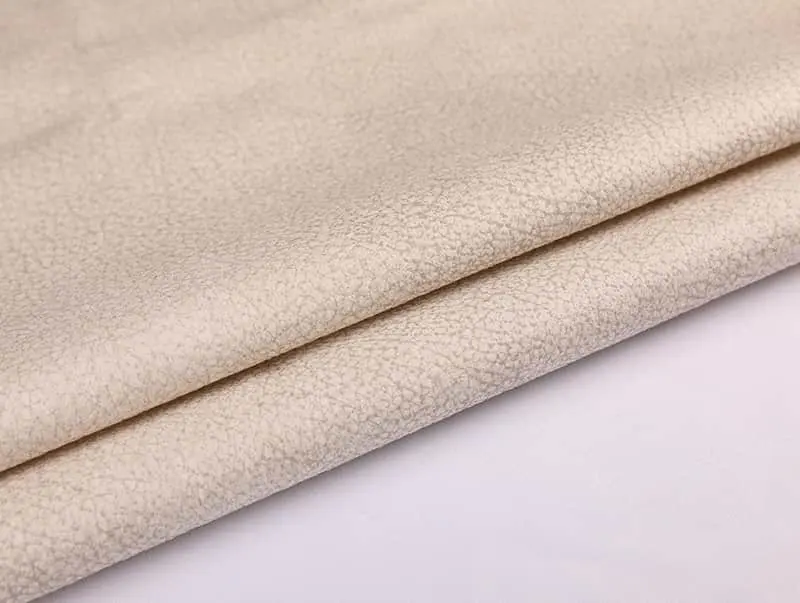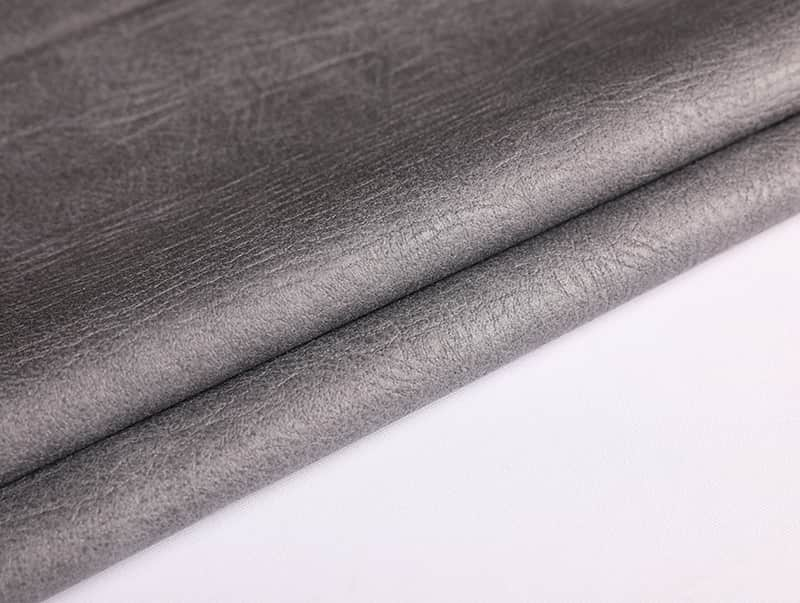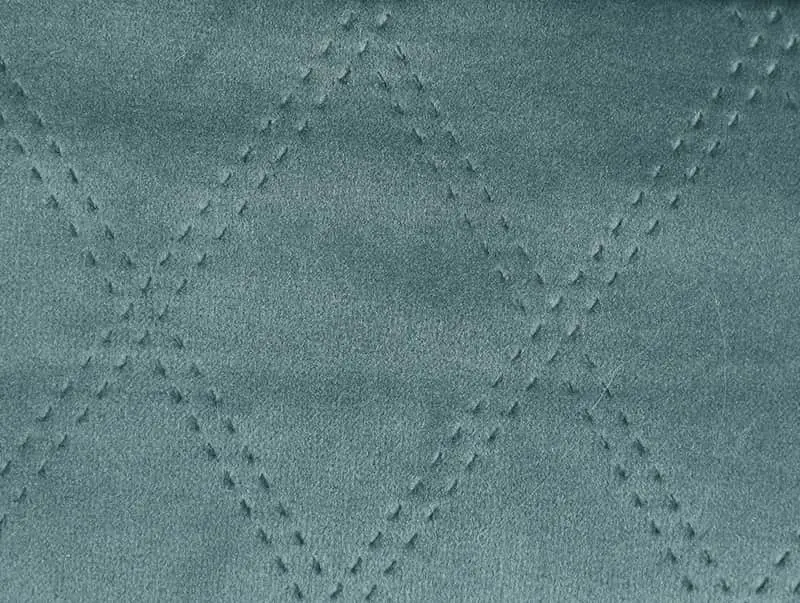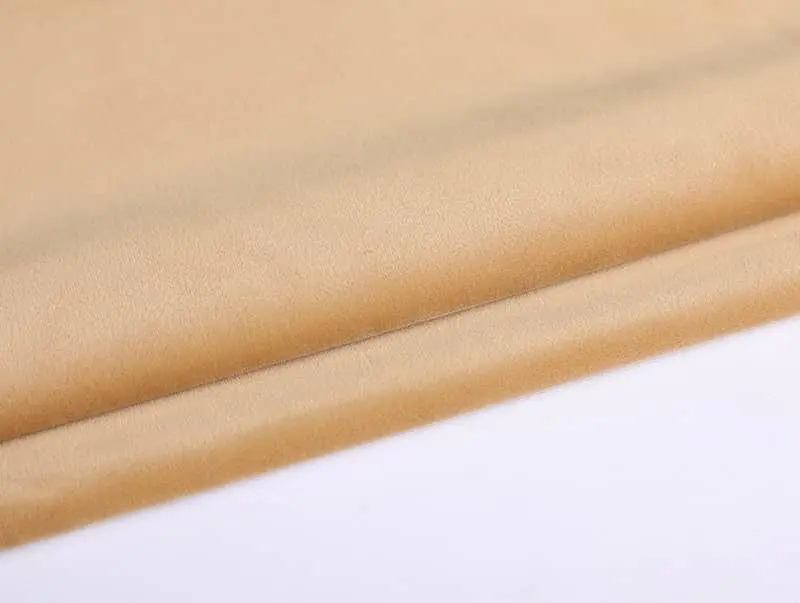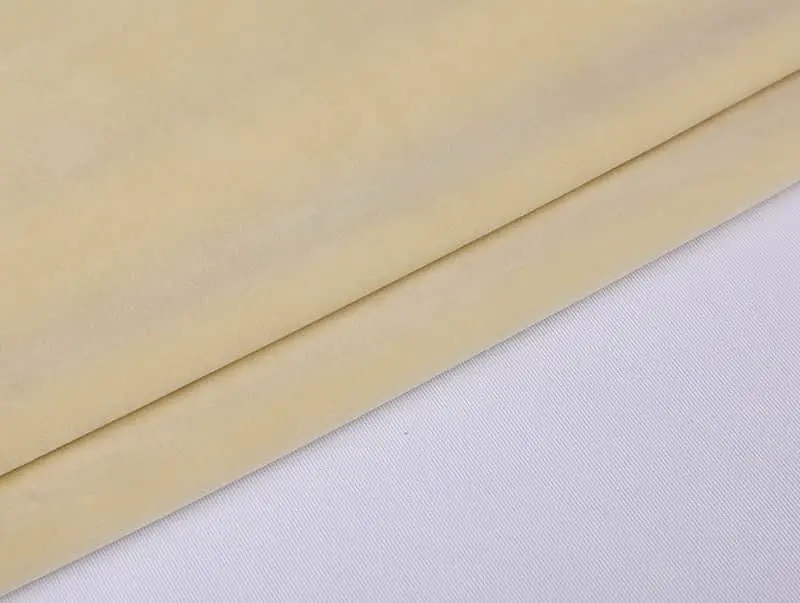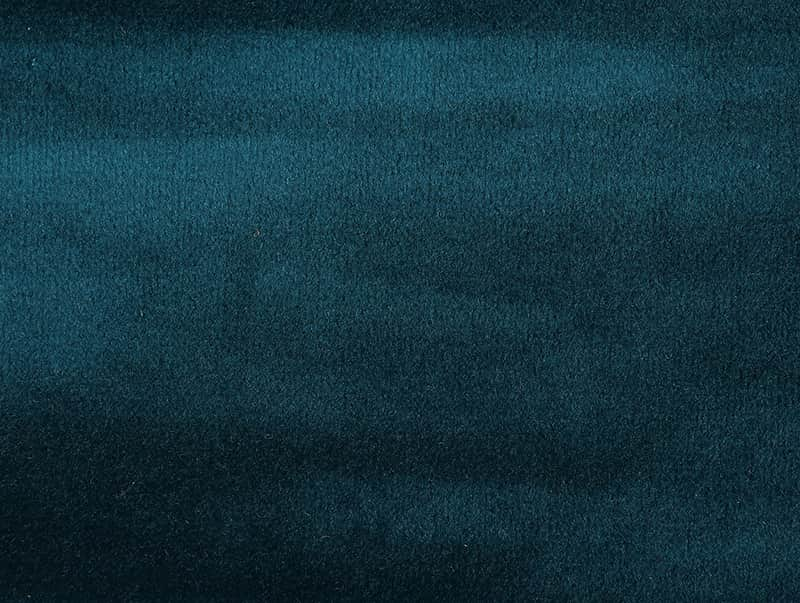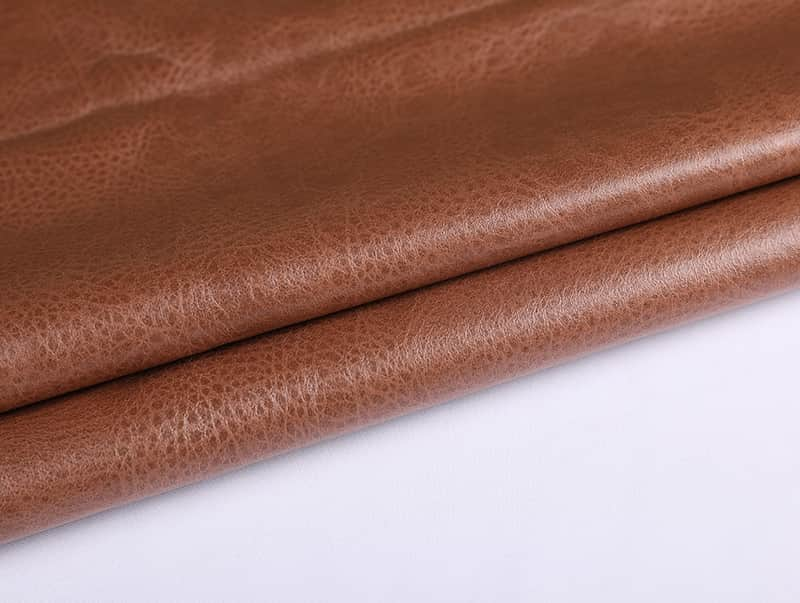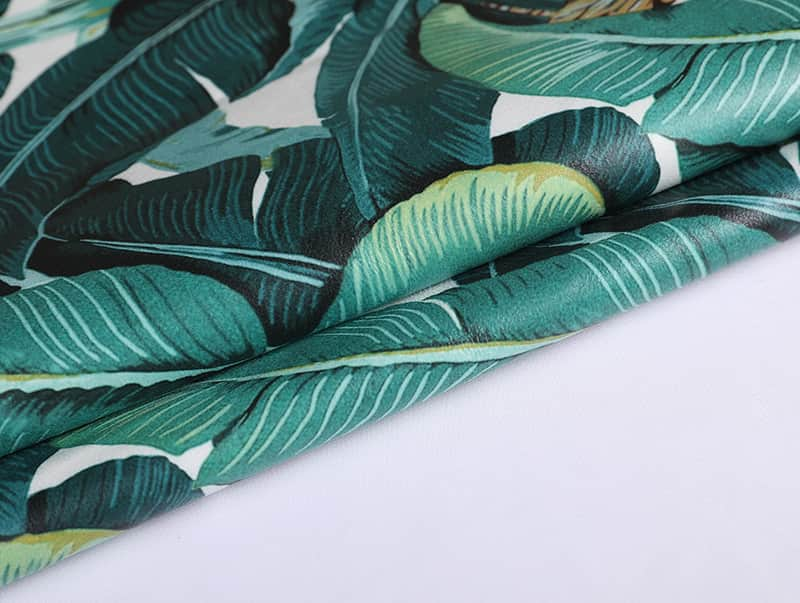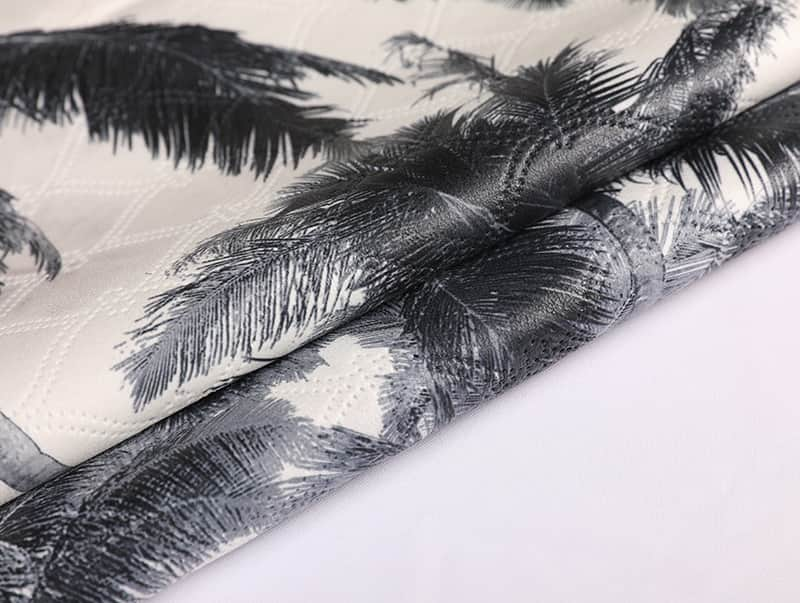1. The Evolution of Velvet as a Performance Textile
Velvet’s historical role has shifted dramatically, particularly in the last 50 years. Once an artisanal fabric handwoven from silk on drawlooms, velvet is now mass-produced using computerized jacquard and warp pile machines. While early velvet focused primarily on ornamentation and texture, current iterations are expected to combine durability, cleanability, and structural integrity.
Modern upholstery velvet is now often manufactured with a performance-first mindset, integrating synthetic polymers, nanocoatings, and hybridized construction methods. The shift reflects a broader trend: decorative textiles must now withstand continuous use in diverse environments—private homes, hospitality venues, public lounges, and even transport seating.
2. Understanding Velvet Structure in Upholstery Contexts
Velvet is characterized by a dense pile formed by upright fibers standing on a base fabric. This pile defines velvet’s softness, shimmer, and directional properties.
a. Pile Density and Length
Higher pile densities (over 500 tufts/in²) are associated with better resistance to crushing and matting. In upholstery applications, pile height typically ranges from 1.5 mm to 4 mm, with shorter piles offering better compression recovery.
b. Base Fabric Composition
The base fabric may be woven or knitted and is usually constructed from strong, stable fibers like polyester, cotton, or blends. Woven backings provide firmness, while knit backings offer flexibility and drape—critical in curved or contoured sofa designs.
c. Bonding and Finishing
Advanced velvets may employ adhesive bonding between face and backing layers to prevent delamination. Finishing processes such as singeing, calendaring, and chemical brushing improve hand feel, visual depth, and dimensional consistency.
3. Fiber Engineering and Material Comparison
The fiber used in velvet determines its comfort, longevity, care requirements, and environmental impact.
a. Cotton-Based Velvet
Cotton offers breathability and a natural aesthetic but lacks resilience and is vulnerable to UV degradation. For this reason, cotton velvet is often blended with synthetics or treated with protective finishes.
b. Polyester and Microdenier Velvets
Polyester velvets, including microfiber and plush variants, dominate the market due to their strength, affordability, and ability to mimic the softness of silk. Microdenier versions (less than 1 denier per filament) provide finer surface textures with improved stain repellency.
c. Nylon-Enhanced Velvet
Nylon is occasionally introduced into velvet blends to improve abrasion resistance and elasticity. Though more expensive, nylon-blend velvet is often chosen for contract furniture that sees intensive use.
d. Eco-Friendly Fibers
Sofa velvet is increasingly available in TENCEL™, bamboo viscose, and recycled PET formats. These options reduce environmental impact while still offering attractive tactile properties, though long-term durability varies.
4. Fabric Performance Criteria for Upholstery Applications
In upholstery engineering, materials are subjected to rigorous evaluation. Velvet must perform across a spectrum of tests before being accepted in high-quality sofa construction.
a. Tensile Strength and Seam Slippage
Velvet's strength under tension is determined by its weave tightness and fiber type. Seam slippage resistance (ASTM D4034) is critical in upholstery to ensure the pile doesn't detach under load-bearing stress at stitched joints.
b. Dimensional Stability
Velvet should not shrink or warp when exposed to heat, moisture, or mechanical tension. Backing stabilization and pre-shrinking treatments are commonly used to ensure consistent behavior after upholstery installation.
c. Pilling Resistance
Fabrics undergo Martindale or ICI pilling tests to assess the formation of surface fuzz. Higher-density polyester velvets tend to outperform natural fiber options in this respect.
d. Thermal and Acoustic Insulation
Velvet, due to its pile construction, naturally absorbs sound and retains heat better than flat weaves. For open-concept living spaces or high-ceiling environments, velvet-upholstered sofas can contribute to acoustic dampening and thermal comfort.
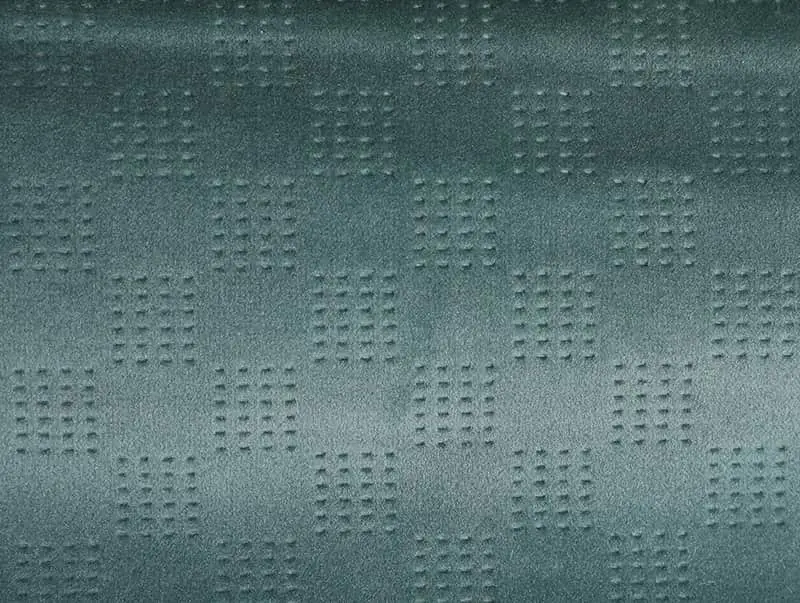
5. Finishes and Coatings for Enhanced Utility
To meet evolving user expectations, manufacturers apply advanced chemical and mechanical finishes to velvet:
a. Stain-Repellent Coatings
Hydrophobic coatings, such as C6 fluorocarbon or silicone-based formulas, create a barrier that prevents water and oil from penetrating the pile. These finishes must be balanced to preserve softness and avoid off-gassing.
b. Antimicrobial Treatments
Silver ion or zinc oxide coatings inhibit microbial growth, adding a hygienic dimension to velvet—particularly useful in medical or hospitality environments.
c. Flame Resistance
Velvet used in sofas for public spaces must meet international fire safety standards. This includes the California Technical Bulletin 117 and BS EN 1021 standards. Some fabrics achieve compliance through fiber selection (e.g., inherently FR polyester) while others use topical FR coatings.
6. Velvet and Color Theory in Interior Design
The aesthetic strength of velvet lies in its depth of color and ability to shift tones with lighting and pile direction.
a. Light Interaction and Reflectivity
The unique way velvet scatters and absorbs light gives it a 'living' surface quality. Designers use this to create dynamic visual elements in otherwise static furniture forms.
b. Color Fastness to Light and Rubbing
Modern dyeing techniques and UV-stabilizers have improved velvet’s resistance to fading. In upholstery settings, colorfastness ratings of 4 or above (ISO 105-B02) are considered acceptable for daily use.
c. Pigment Saturation and Dye Depth
Velvet’s dense pile structure enables high dye uptake, which translates into rich, dimensional color. This is particularly noticeable in jewel tones—emerald, sapphire, garnet—that are emblematic of high-end interior palettes.
7. Velvet in Design Trends and Architecture
Velvet has transcended style eras, reappearing in distinct forms across various design movements:
a. Art Deco Revival
Velvet reemerged prominently in Art Deco-inspired interiors of the 2020s. Designers pair it with brass, marble, and lacquered wood to evoke geometric sophistication.
b. Japandi and Minimalist Interiors
Velvet in muted earth tones—stone, clay, sand—adds softness and warmth to stark minimalism. Used sparingly, velvet becomes a focal point rather than an opulent excess.
c. Industrial and Postmodern Blends
In raw material contexts like concrete or exposed steel, velvet serves as a tactile and chromatic counterbalance. Sectional velvet sofas in large lofts act as spatial anchors.
8. Sustainability in Velvet Production
Growing demand for eco-conscious textiles is transforming velvet manufacturing.
a. Recycled Fiber Content
Recycled polyester (rPET) velvet now matches the performance of virgin fibers while reducing dependency on petroleum-derived inputs. Brands increasingly promote GRS-certified velvet as part of sustainable collections.
b. Low-Impact Dyeing
Processes such as dope dyeing or solution dyeing embed color during fiber extrusion, minimizing water use and effluent discharge.
c. VOC-Free Finishes
To meet indoor air quality standards, many Sofa Velvet Upholstery Fabrics now use water-based coatings and avoid volatile organic compounds. Certification from programs like GREENGUARD helps verify these claims.
9. Challenges in Velvet Upholstery Use
Despite its advantages, velvet presents several challenges for upholsterers and users.
a. Directional Pile Issues
Velvet must be cut and sewn consistently with the pile direction to avoid visible seams or shade inconsistencies. Mismatched panels can produce distracting visual effects.
b. Compression Marking
Sustained pressure leaves indentations in the pile. This is especially problematic in high-use areas like sofa seats or armrests. Using memory-rich synthetic fibers helps mitigate this.
c. Heat Sensitivity
While synthetic velvet is durable, excessive heat from steamers or dryers can cause pile collapse or shrinkage. Care instructions must be strictly followed during cleaning.
10. The Future of Velvet in Upholstery Design
Looking ahead, velvet’s trajectory continues to rise as both a performance textile and a design language.
a. AI-Assisted Patterning
AI and parametric design tools enable custom velvet surface effects, including generative patterns, tonal gradients, and optical illusions woven or printed into the fabric.
b. Integration with Smart Furniture
Velvet is being engineered to accommodate embedded sensors or touch-responsive surfaces, enabling future sofas to function as interfaces for lighting, audio, or temperature control.
c. Regenerative Velvet Fibers
Biotechnology firms are exploring regenerative protein-based fibers (e.g., spider silk or collagen-derived threads) as substitutes for both synthetic and natural velvet piles.
